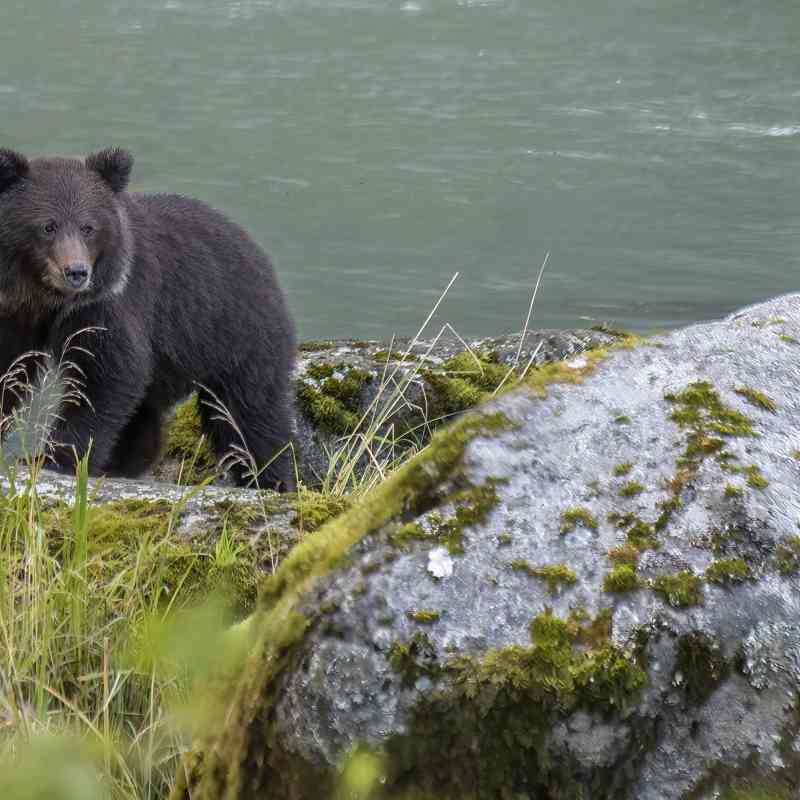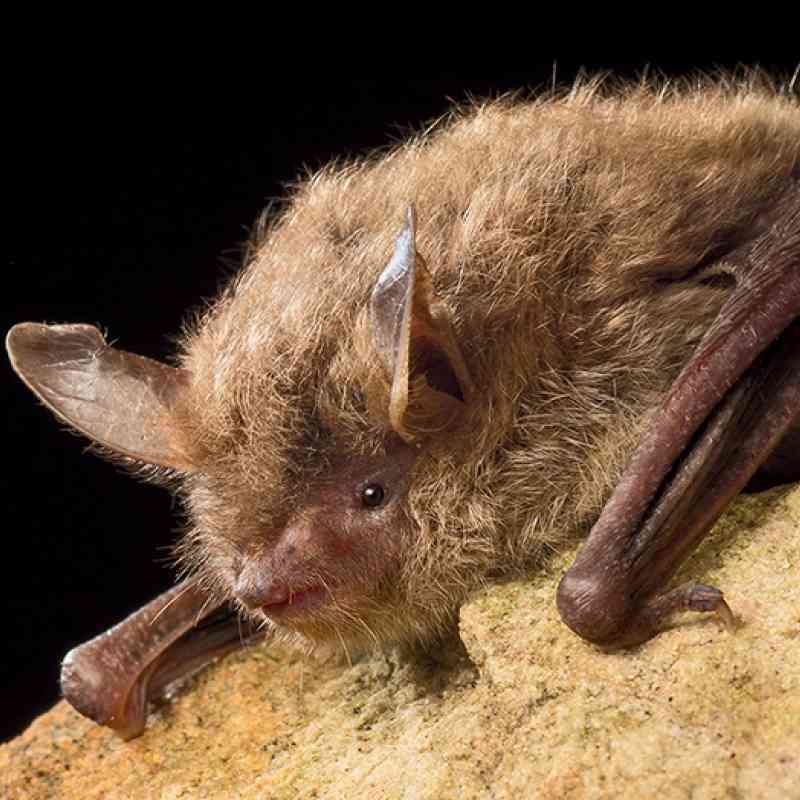Many more species could be lost to deadly fungus unless quick action is taken
Summary:
- Three new frog species found by researchers in Panama
- Rescue effort highlights need to accelerate conservation in face of deadly chytrid fungus
- Defenders to continue pushing for increased amphibian protections in Latin America and abroad
A coalition of conservation organizations working on the Panama Amphibian Rescue and Conservation (PARC) Project announced today that it has discovered three potential new species of frogs. The new species include two frogs from the genus Pristimantis--one with an unusual red stomach called the “red tomato” and another that's much larger than any other closely related species. A third frog is believed to be a new species of Craugastor, or robber frog, because of the unique markings on its arms and feet.
The following is a statement by Jamie Rappaport Clark, executive vice president for Defenders of Wildlife:
"The discovery of these new frog species in Panama shows us exactly what's at stake. Without dedicated efforts like the PARC Project, we could lose these beautiful creatures before we even know they exist. A confluence of factors including habitat loss, climate change and especially the chytrid fungus is wiping out amphibian species at an alarming rate. Our immediate goal has to be to rescue as many of them as possible before it's too late. But we must also address the long-term threats to their survival around the world and protect this unparalleled reservoir of biodiversity."
 |  | |
| Pristimantis "red tomato" | Craugastor | |
| Photos © Brian Gratwicke / Smithsonian Conservation Biology Institute | ||
Defenders of Wildlife has joined the PARC Project to help save frog species, establish assurance colonies and develop ways to combat the spread of chytrid fungus. Defenders has contributed funding for Brian Gratwicke, a research biologist with the Smithsonian National Zoo, to travel to Panama and serve as international coordinator for the rescue effort.
Read more about Defenders work to protect amphibians
Learn more about the PARC Project
Read about a new study documenting amphibian decline in Panama
Contact(s):
John Motsinger, (202) 772-0288Defenders of Wildlife is celebrating 75 years of protecting all native animals and plants in their natural communities. With a nationwide network of nearly 2.2 million members and activists, Defenders of Wildlife is a leading advocate for innovative solutions to safeguard our wildlife heritage for generations to come. For more information, visit defenders.org/newsroom and follow us on Twitter @Defenders.

